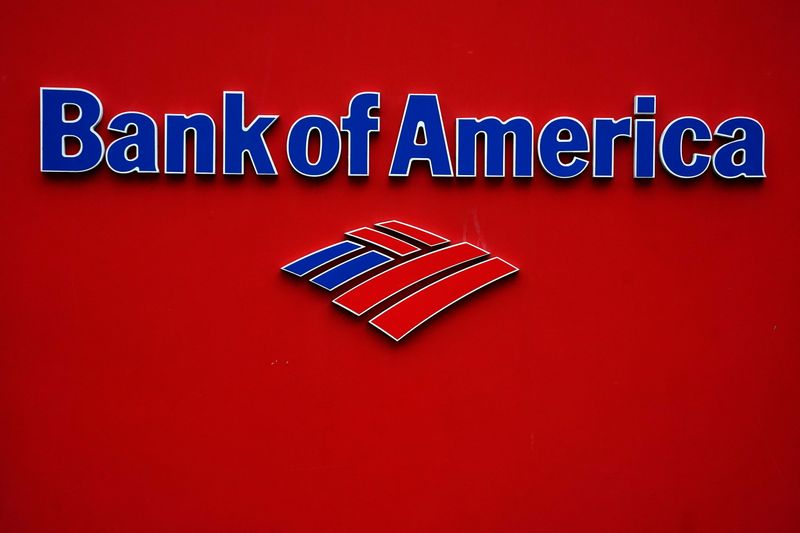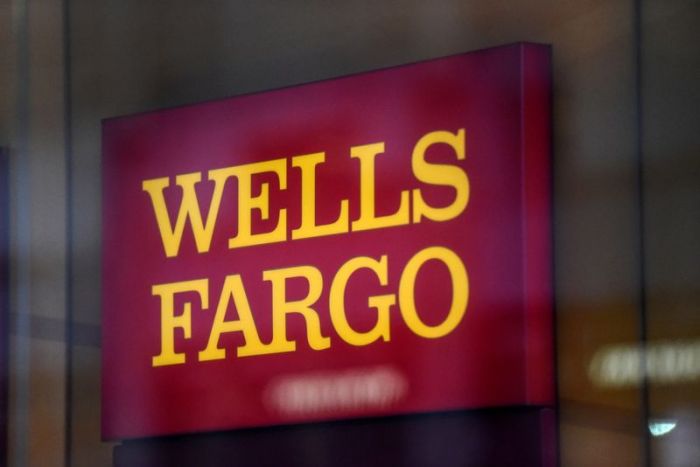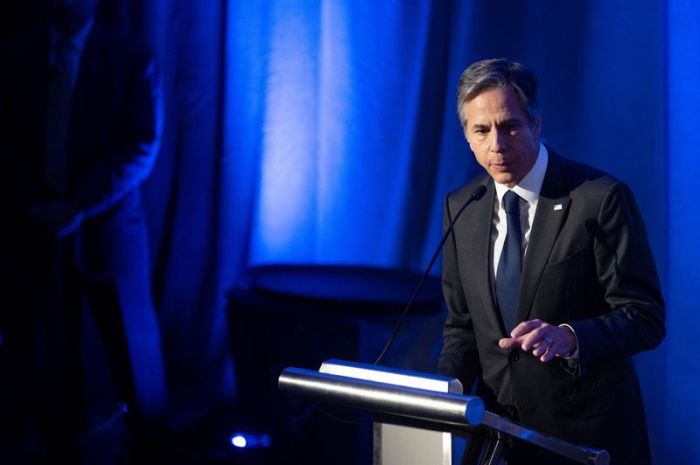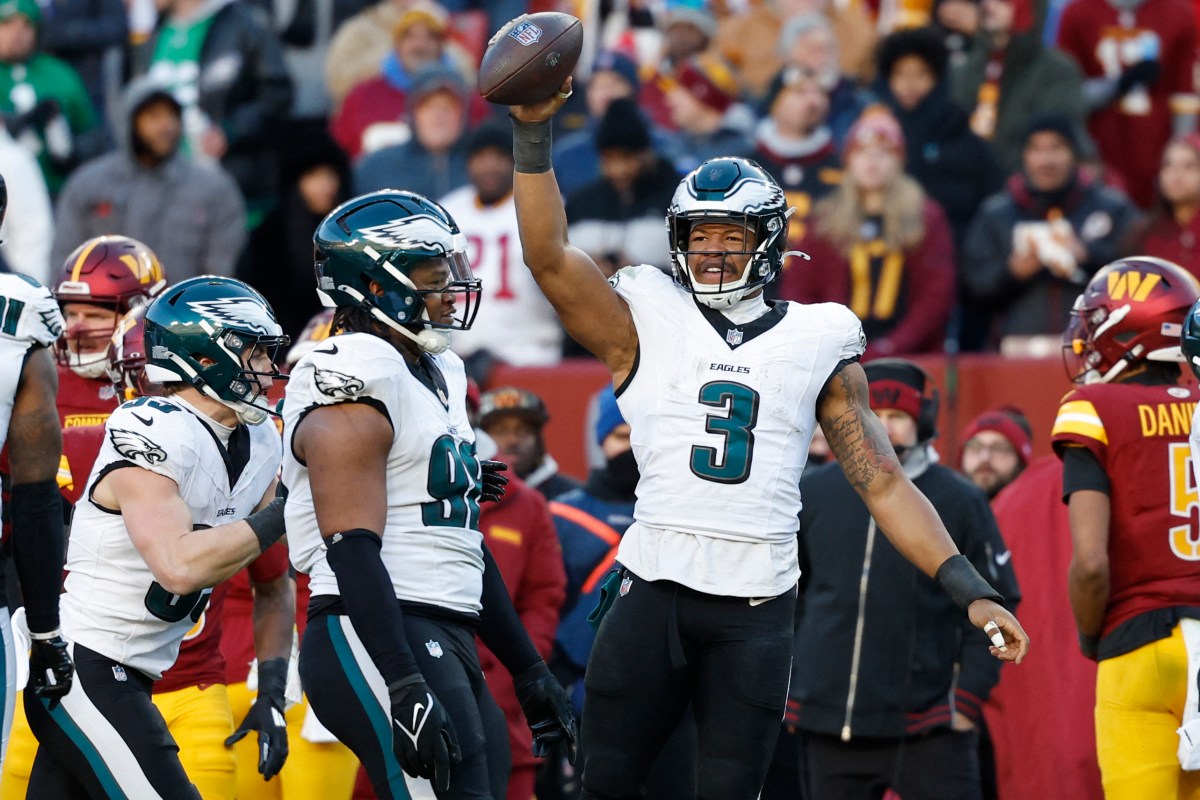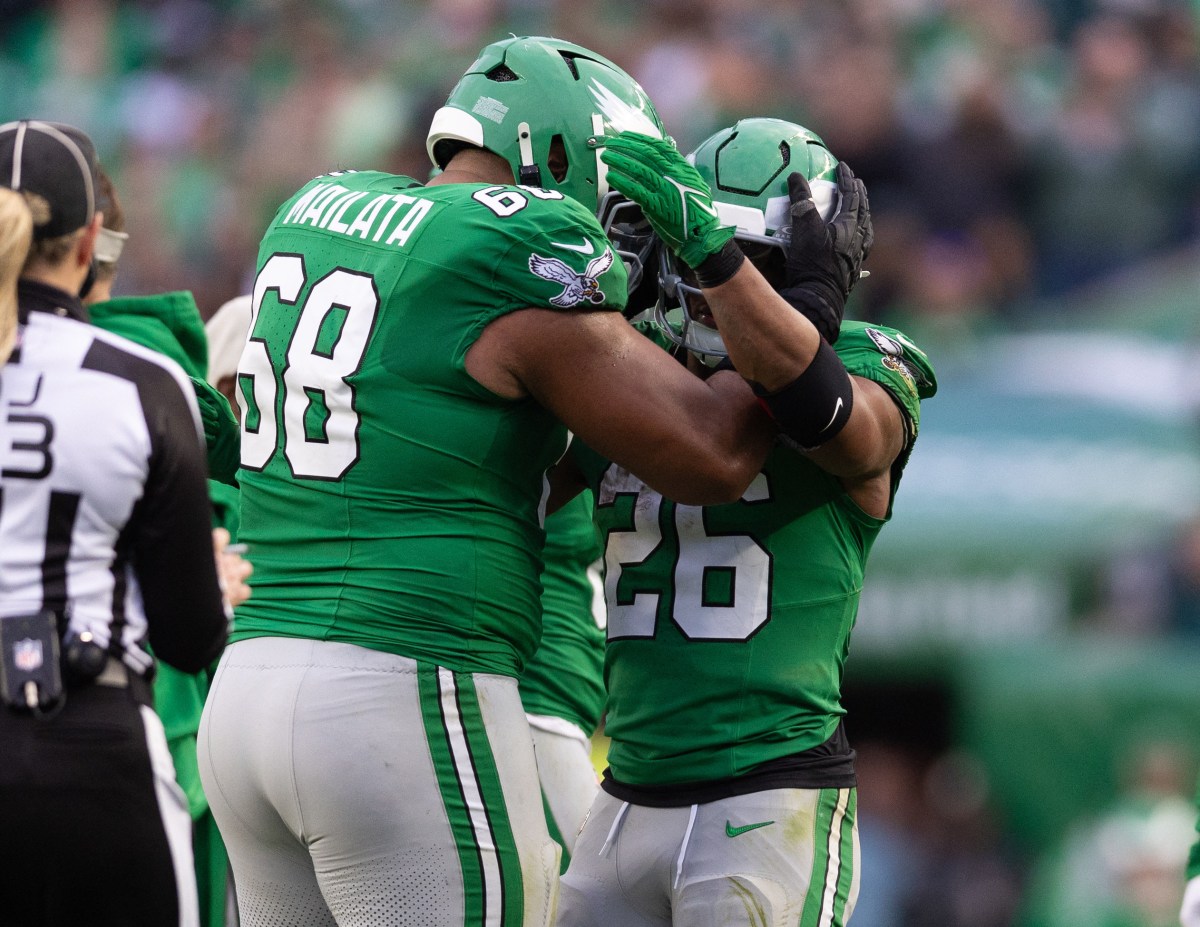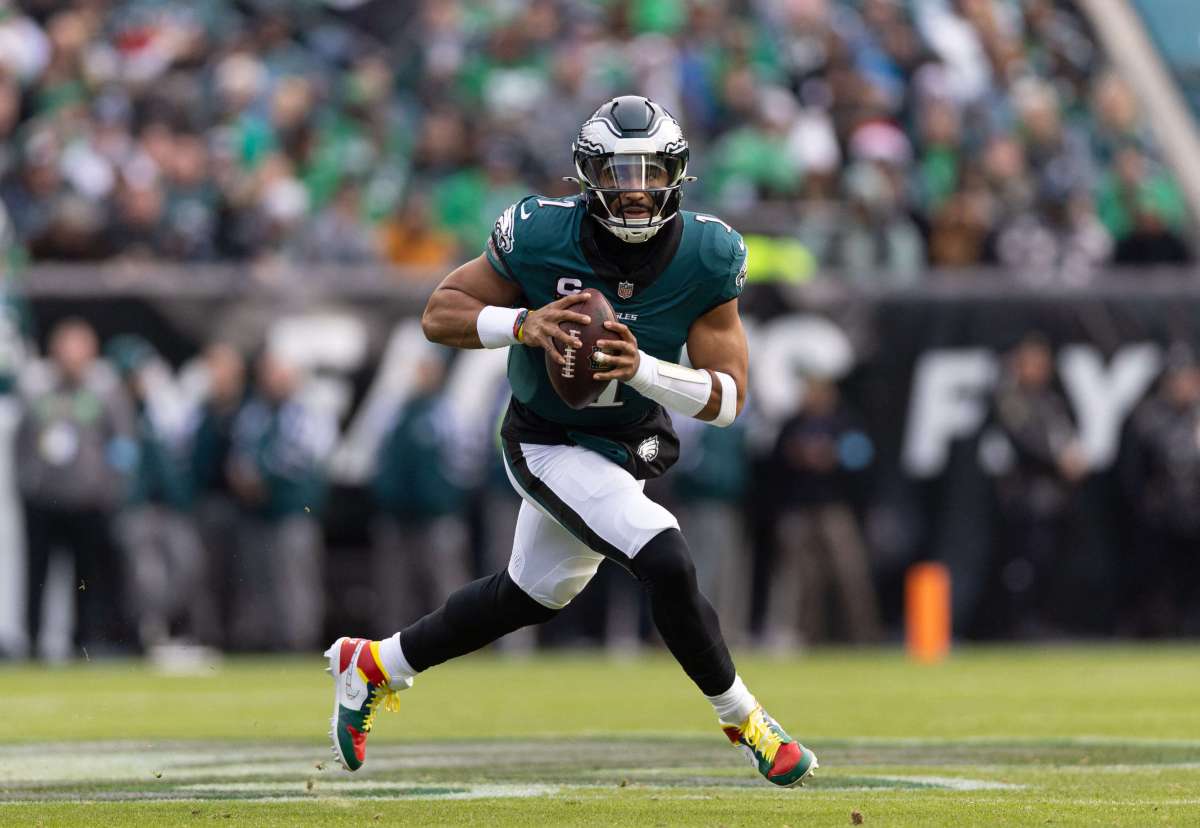By Niket Nishant and Elizabeth Dilts Marshall
-Bank of America Corp shares tumbled on Wednesday after the second-largest U.S. lender detailed its sensitivity to low interest rates and the Federal Reserve indicated it has no plans to raise its benchmark rate any time soon.
Its stock was down 5% in midday trading.
Analysts view Bank of America as the most exposed to rates among large U.S. banks. Management has shifted strategies multiple times to perform better, but rate changes have been nearly impossible to predict for more than a decade, as policymakers have responded to various crises since 2008, including the coronavirus pandemic that began last year.
Although Bank of America’s net income soared 173% to nearly $9 billion in the second quarter compared with the year-earlier period, beating analyst estimates, its net interest income fell more than 6%.
Management offered a forecast of brighter earnings if loan demand picks up or interest rates rise in a neat way. Analysts were skeptical that will happen in the near term.
“BofA really needs rates to move up,” said Evercore ISI analyst Glenn Schorr.
Bank of America Chief Executive Brian Moynihan and Chief Financial Officer Paul Donofrio focused on positive trends during calls with journalists and analysts.
Loan demand has started to turn upward, which will help Bank of America earn more money from deposits, they said. Statistics from Bank of America customers’ credit cards and bank accounts show that consumers are spending more, they added.
Donofrio touted Bank of America’s ability to keep net interest income relatively steady, even as rates plummeted and loan demand cratered during the pandemic. The bank is betting on loan growth to get where it needs to be, rather than trying to invest with a view on rate directions, he said.
“We’re not traders or a hedge fund,” said Donofrio. “We are deploying our excess liquidity in a prudent way over time and we are always balancing our need to have liquidity.”
For now, Bank of America’s average loan book was up 0.02% during the second quarter compared with the prior period, and down 12% from the year-ago period.
Its deposits were up 14% to $1.9 trillion.
In its investment portfolio, Bank of America nearly doubled debt securities on its balance sheet from June 2020 to June 2021, to $940 billion from $472 billion, according to its financial statements. The fair value of its Treasury securities and U.S. agency-backed bonds tripled during that time.
Bank of America’s holdings of Treasury bonds and debt issued by U.S. agencies more than tripled.
The bank added exposure to collateralized loan obligations (CLOs) it underwrites that have high credit ratings, rather than distributing all the pieces to investors, Donofrio said. Those securities tend to have higher returns than Treasury bonds and other low-risk assets.
Overall, the bank produced $8.96 billion, or $1.03 per share, in quarterly profit, up from $3.28 billion, or 37 cents per share, a year earlier.
Analysts had expected 77 cents per share, on average, according to Refinitiv IBES data.
Net revenue dropped 4% to $21.5 billion.
Net interest income fell 6% to $10.2 billion from $10.8 billion.
That metric shows the difference between what banks charge for loans and pay for funding.
The Federal Reserve has begun discussions on tapering easy-money policies, with policymakers bringing forward their forecasts for raising interest rates to 2023 from 2024.
However, in prepared testimony for a congressional hearing on Wednesday, Fed Chair Jerome Powell indicated that such moves will not happen any time soon. [nL1N2OQ0ZD]
“We are hopeful that the Fed is right about inflation,” Donofrio said on the call with reporters.
JPMorgan Chase & Co, Citigroup Inc, Wells Fargo & Co and Goldman Sachs Group Inc also reported results this week, with Morgan Stanley scheduled for Thursday.
(Reporting by Niket Nishant in Bengaluru and Elizabeth Dilts Marshall in New York, Additional reporting by Yoruk Bahceli; Editing by Saumyadeb Chakrabarty and Andrea Ricci)

